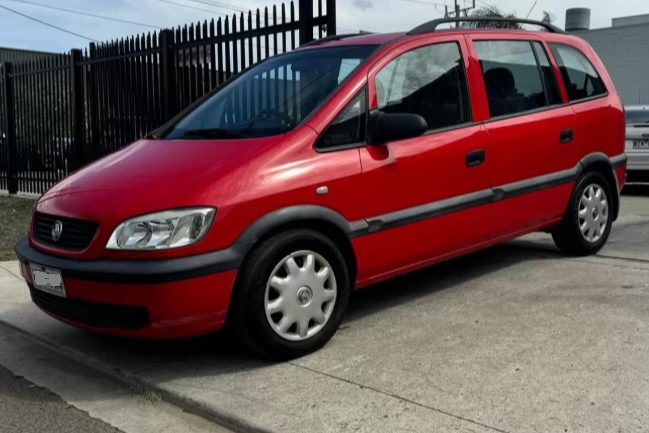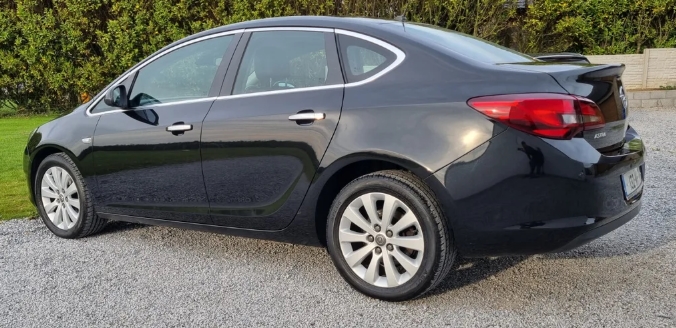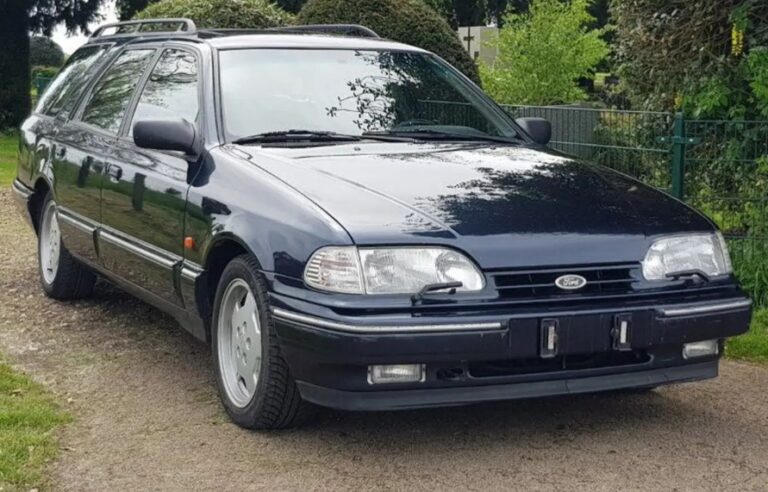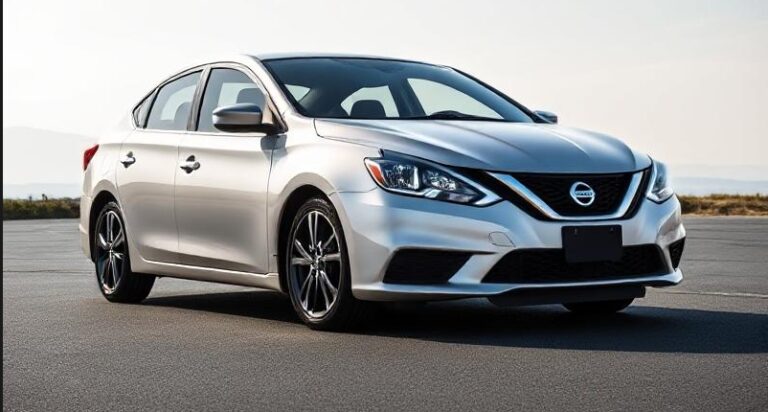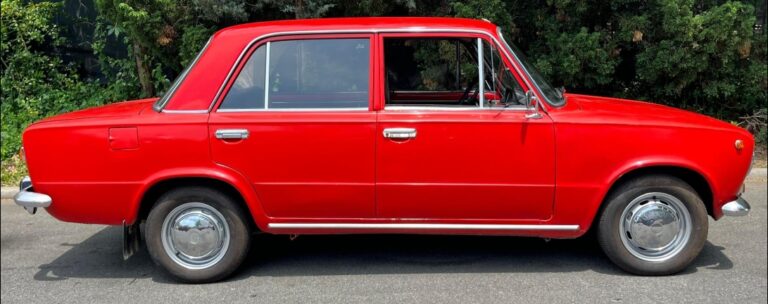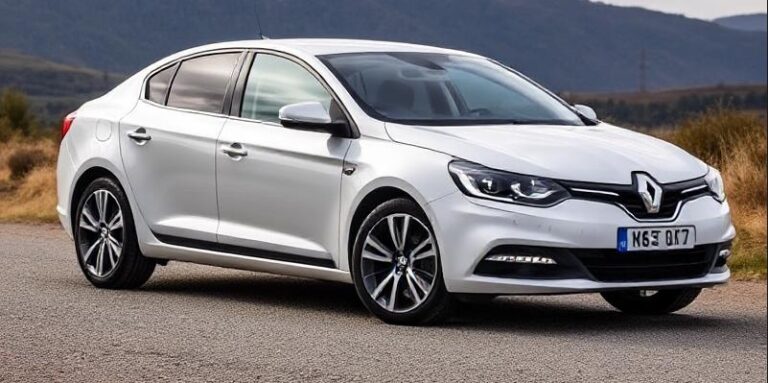The Rise and Fall of the Holden Zafira Evolution: A Flex7 Legacy
In the rich and varied tapestry of Holden’s history, some models stand out as icons—the Monaro, the Commodore, the Kingswood. Others, while less celebrated, played a crucial role in adapting the brand to changing times. The Holden Zafira sits firmly in this latter category. It was never a bestseller, nor was it born of Australian design, but for a brief period in the early 2000s, it represented a revolutionary piece of automotive thinking: a compact car with the heart of a people-mover. This is the story of its evolution, a tale of clever engineering, shifting market tastes, and a legacy defined by one groundbreaking feature: the Flex7 seating system.
To understand the Zafira’s arrival, one must first understand the Australian automotive landscape at the turn of the millennium. The family car market was dominated by large sedans like the Commodore and Falcon, and increasingly, by large, truck-based 4WDs like the Toyota Prado and Mitsubishi Pajero. For families needing more than five seats, the options were often cumbersome, expensive to run, or simply oversized for suburban life. The traditional people-mover, like the Toyota Tarago or Honda Odyssey, was a practical but often uninspiring choice.
Holden, leveraging its connection with its European counterpart, Opel, saw an opportunity. The solution was the Opel Zafira, a compact Multi-Purpose Vehicle (MPV) built on the same T-platform as the popular TS Holden Astra. It promised the easy-to-drive, economical nature of a small car with the seating capacity of a much larger vehicle. Rebadged and imported from General Motors’ Rayong plant in Thailand, the Holden Zafira was launched in Australia in June 2001, ready to carve out its own niche.
A European Solution for an Australian Problem: The Zafira A (2001–2005)
The first-generation Zafira (known globally as the Zafira A) was a masterclass in packaging efficiency. From the outside, its dimensions were modest, appearing not much larger than the Astra wagon on which it was based. Its tall, upright stance and large glasshouse hinted at its interior space, but the real magic was hidden within.
The Flex7 Revolution
The Zafira’s defining feature, and its primary marketing tool, was the Flex7 seating system. Developed in collaboration with Porsche Engineering, this system was genuinely ingenious for its time. While other seven-seaters required the owner to physically unlatch and remove heavy third-row seats to reclaim boot space, the Zafira’s two rearmost seats simply folded flush into the boot floor. The process was simple, quick, and required no heavy lifting. With the third row stowed, the Zafira offered a generous 490 litres of cargo space. Fold the 60/40 split-folding second row as well, and this expanded to a van-like 1700 litres. This single feature set the Zafira apart, offering unparalleled versatility that competitors struggled to match.
Powertrain and Trim Levels
Throughout its first-generation run in Australia, the Zafira A was offered with a single powertrain combination. Under the bonnet was the same ‘Z22SE’ 2.2-litre Ecotec four-cylinder petrol engine found in the TS Astra SRi and Holden Vectra. This all-alloy, 16-valve unit produced a respectable 108 kW of power and 203 Nm of torque. It was paired with either a five-speed manual transmission or a four-speed automatic.
While adequate for city driving, the 2.2-litre engine had to work hard to motivate the Zafira’s 1500kg kerb weight, especially when loaded with seven passengers. Performance was steady rather than spirited, and fuel economy was reasonable for its class. The Zafira’s Astra-derived underpinnings, however, gave it surprisingly competent and car-like handling, a stark contrast to the unwieldy nature of larger MPVs and SUVs.
Holden kept the model range simple, initially offering two distinct trim levels:
Zafira (Base Model): The entry-level model was well-equipped for its era. Standard features included dual front airbags, ABS brakes, air conditioning, power steering, front power windows, and a six-speaker audio system with a cassette player.
Zafira Equipe: The higher-spec Equipe added a suite of desirable features aimed at the family buyer. These included 15-inch alloy wheels, roof rails (enhancing its practical appeal), power rear windows, a CD player, and steering wheel-mounted audio controls.
In 2003, the Zafira received a minor mid-life update (MY03). The changes were subtle, consisting of clear-lens taillights, a slightly revised front grille, and some minor interior trim adjustments. The core mechanical package and trim level structure remained unchanged. The Zafira A sold steadily, praised by critics for its clever design but battling a market that was slowly but surely beginning its love affair with the high-riding SUV.
Evolution and Expansion: The Zafira B (2006–2009)
By the mid-2000s, the automotive world had moved on. In 2006, Holden introduced the second-generation Zafira (Zafira B), a vehicle that was more stylish, more refined, and more powerful than its predecessor. Based on the new-generation AH Astra platform, the Zafira B was larger in every dimension, resulting in even more interior space for passengers and cargo.
The exterior design was significantly sharper and more contemporary, aligning it with the modern look of the AH Astra. The interior was also completely overhauled, featuring higher-quality materials, a more sophisticated dashboard layout, and improved ergonomics. The star of the show, the Flex7 seating system, was retained and refined, remaining a key selling point.
Upgraded Powertrain and Safety
The trusty 2.2-litre Ecotec engine was carried over but received a significant upgrade. Now designated the ‘Z22YH’, it featured direct fuel injection, which boosted its outputs to 110 kW and 215 Nm. While the increase seemed modest on paper, the engine was more responsive and efficient. The four-speed automatic and five-speed manual transmissions were carried over.
Crucially, the Zafira B saw a major leap forward in safety technology. All models now came standard with front, side, and full-length curtain airbags, as well as an Electronic Stability Program (ESP) and traction control, making it one of the safer family vehicles in its price bracket.
The trim levels were revised and renamed to align with Holden’s broader model range:
Zafira CD: This new entry model included the full suite of safety features (six airbags, ESP), air conditioning, a trip computer, 16-inch steel wheels, and a CD player.
Zafira CDX: The premium CDX model added luxury touches such as 16-inch alloy wheels, climate control air conditioning, front fog lights, a leather-wrapped steering wheel, and silver/chrome exterior highlights.
The Surprise Package: The Zafira SRi Turbo
Just as the Zafira risked being pigeonholed as a sensible-but-dull family hauler, Holden Australia made an audacious move. In late 2006, they introduced the Zafira SRi—a genuine performance people-mover. This was the answer to the question nobody asked but enthusiasts were delighted to receive: what if an MPV had the heart of a hot hatch?
The SRi was powered by the same 2.0-litre turbocharged four-cylinder engine (‘Z20LER’) found in the potent Astra SRi Turbo. This fire-breathing unit produced a remarkable 147 kW of power and 262 Nm of torque, channelled exclusively through a six-speed manual gearbox. This transformed the Zafira from a sedate suburbanite into a “sleeper” capable of reaching 100 km/h in under eight seconds.
To handle the extra power, the SRi was fitted with a comprehensive performance package. This included lowered sports suspension, larger brakes, 17-inch alloy wheels, a subtle body kit, and a sporty interior with bolstered seats. The Zafira SRi was a unique proposition in the Australian market—a practical seven-seater that offered genuine driving thrills. It was a niche within a niche, a halo model that showcased the Zafira’s dynamic European roots, even if it sold in very small numbers.
.
Many car aficionados have multiple hobbies, like boating as well as auto stuff. Those who don’t already own a boat (and even some that do), may have thought about building their own boats. It’s really not as hard as you’d think. Just take a look at these easy boat building plans!

.
Changing Tastes and the Inevitable Decline
Despite the improvements of the Zafira B and the excitement of the SRi model, the Zafira’s fate was sealed by a seismic shift in the market. In 2006, the same year the new Zafira launched, Holden also introduced the Captiva.
The Holden Captiva was a Korean-built SUV that offered everything Australian families were beginning to crave. It had the rugged, high-riding looks of a 4WD, was available with five or seven seats (as the Captiva 7), and offered the choice of petrol V6 or turbodiesel engines. It hit the market’s sweet spot perfectly.
Suddenly, the clever, car-based Zafira looked less appealing. It was perceived as a “van,” while the Captiva was a “wagon” or an “SUV.” Buyers flocked to the Captiva, which quickly became one of Holden’s best-selling models. The Zafira, meanwhile, saw its sales dwindle. The once-revolutionary MPV was now fighting a losing battle against the unstoppable rise of the SUV.
Holden quietly discontinued the Zafira SRi in 2008, and by 2009, the remaining CD and CDX models were phased out. The Zafira’s chapter in Holden’s Australian story, lasting just eight years, had come to an end.
A Legacy of Innovation
The Holden Zafira was never destined for the history books as a sales champion. It was a product of a specific time, a clever European solution to a problem that the market would ultimately solve in a different way. Its legacy, however, is significant. The Zafira, and specifically its Flex7 seating system, fundamentally changed the conversation around interior packaging. It proved that a vehicle didn’t need a massive footprint to offer immense practicality. The concept of third-row seats that fold neatly into the floor, a novelty in 2001, is now a standard feature in countless seven-seat SUVs and people-movers today.
The Holden Zafira was a testament to smart design—a pocket people-mover that was ahead of its time in some ways, and a casualty of changing fashion in others. For those who owned one, it is remembered as a remarkably versatile, easy-to-drive, and quietly brilliant family car that punched well above its weight.
